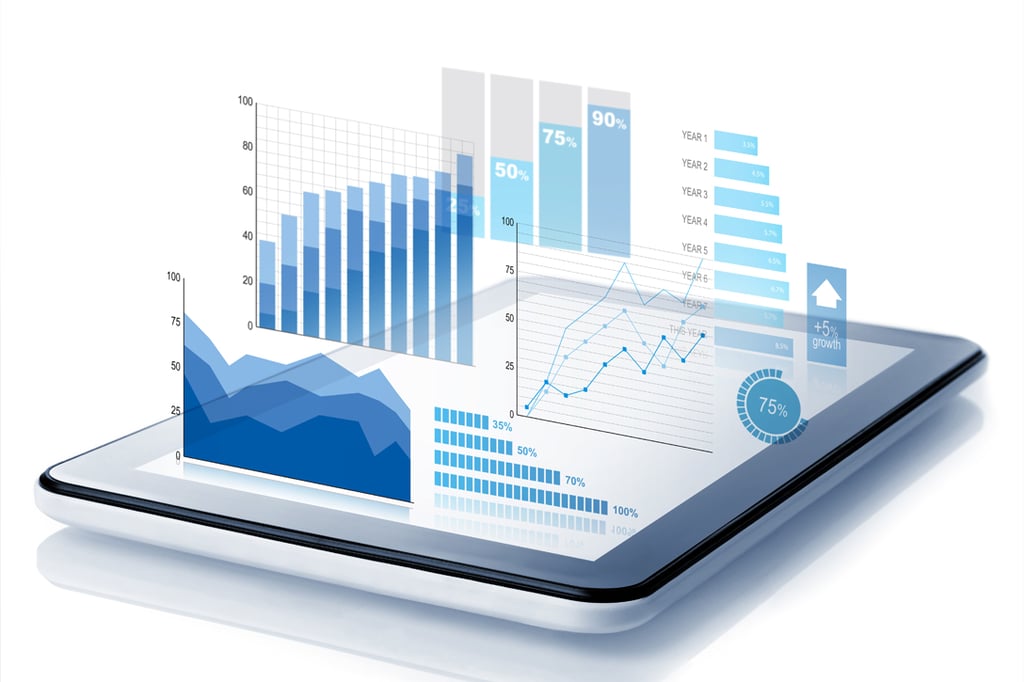The enterprise industry is on the cusp of yet another data center building boom, but it is not the hyperscale cloud facilities that have drawn the top headlines to date. Instead, the next big wave is likely to be the legions of micro centers set to populate the IoT edge.
While the micro center isn’t to be welcomed with a ribbon-cutting or photo-op with local pols, and they won’t bring a wealth of new jobs to any particular region, they nevertheless represent the singularly most important link between the devices that are expected to make our lives better and the wider data ecosystem that supports a world-wide knowledge base.
According to 451 Research, the micro-modular data center (MMDC) market is expected to hit $30 million next year, which may not sound like much but actually represents a 42 percent compound annual growth rate since 2014. Installations are expected to number some 2,000 in 2018, but the need to localize data storage and processing to reduce latency on the IoT all but demands a veritable universe of microcenters within the next decade. Depending on the data demands of users and the density that future systems can achieve, it is not unthinkable to have microcenters in virtually every neighborhood, every factory, along every roadway and in every office building in the industrialized world.
The irony here is that the micro center movement is actually being driven by the development of hyperscale and hyperconverged infrastructure. As ZDNet’s Scott Fulton III points out, the same technology that allows giants like Apple and Microsoft to build infrastructure on a gargantuan scale is allowing others to shrink their edge footprints to the size of a toolshed. By pushing data infrastructure close to the user, of course, the enterprise also increases the capabilities of the consumer device to the point where it can rival the power of a full-fledged data center.
The key to all of this is connectivity. Emerging micro centers are likely to sport both 4G and 5G service, not to mention fiber links to regional or central data facilities. This is why companies like EdgeMicro are looking to deploy edge centers at cell towers. Not only does this support low-latency communications, but it also provides access to reliable electricity and ease of access for occasional upgrades and maintenance. EdgeMicro has teamed up with Schneider Electric to integrate container-based infrastructure with its Local IPAccess (LIPA) solution that translates between radio networks and packet communications, a crucial element in applications like content delivery. The companies expect to place the centers in more than 400 locations across the U.S. in 2018.
This new micro-edge is already looking to be a boon to hardware vendors and channel providers facing consolidation in traditional data center markets, says CRN’s Lindsey O’Donnell. Everyone from Dell and HPE to Intel and AT&T have been retooling their product lines to tap what some are calling the IoT Gold Rush, while systems integrators like Indianapolis’ Scale Computing are building hyperconverged solutions targeted directly at the edge. In part, this is being driven by the enterprise’s continued wariness about putting too much data in the cloud, although there is also the lure of enabling entirely new generations of data services, some of which are bound to become the next decade’s killer apps.
For many services, however, placing micro data centers on the edge is not just a matter of convenience, but necessity. Self-driving cars, medical devices, traffic management tools, and a host of other applications depend on real-time access to both information and analytics results. Without direct access to nearby compute and storage resources, these functions will see their performance degrade by multiple orders of magnitude, sometimes with life-threatening consequences.
As far as revolutions go, the micro data center is likely to be a quiet one. Their unobtrusiveness, in fact, is part of their appeal. But make no mistake: They represent a fundamental shift in the way the world interacts with data, and we have yet to gauge the impact that this change will have on our digital lives.
Arthur Cole writes about infrastructure for IT Business Edge. Cole has been covering the high-tech media and computing industries for more than 20 years, having served as editor of TV Technology, Video Technology News, Internet News and Multimedia Weekly. His contributions have appeared in Communications Today and Enterprise Networking Planet and as web content for numerous high-tech clients like TwinStrata and Carpathia. Follow Art on Twitter @acole602.








